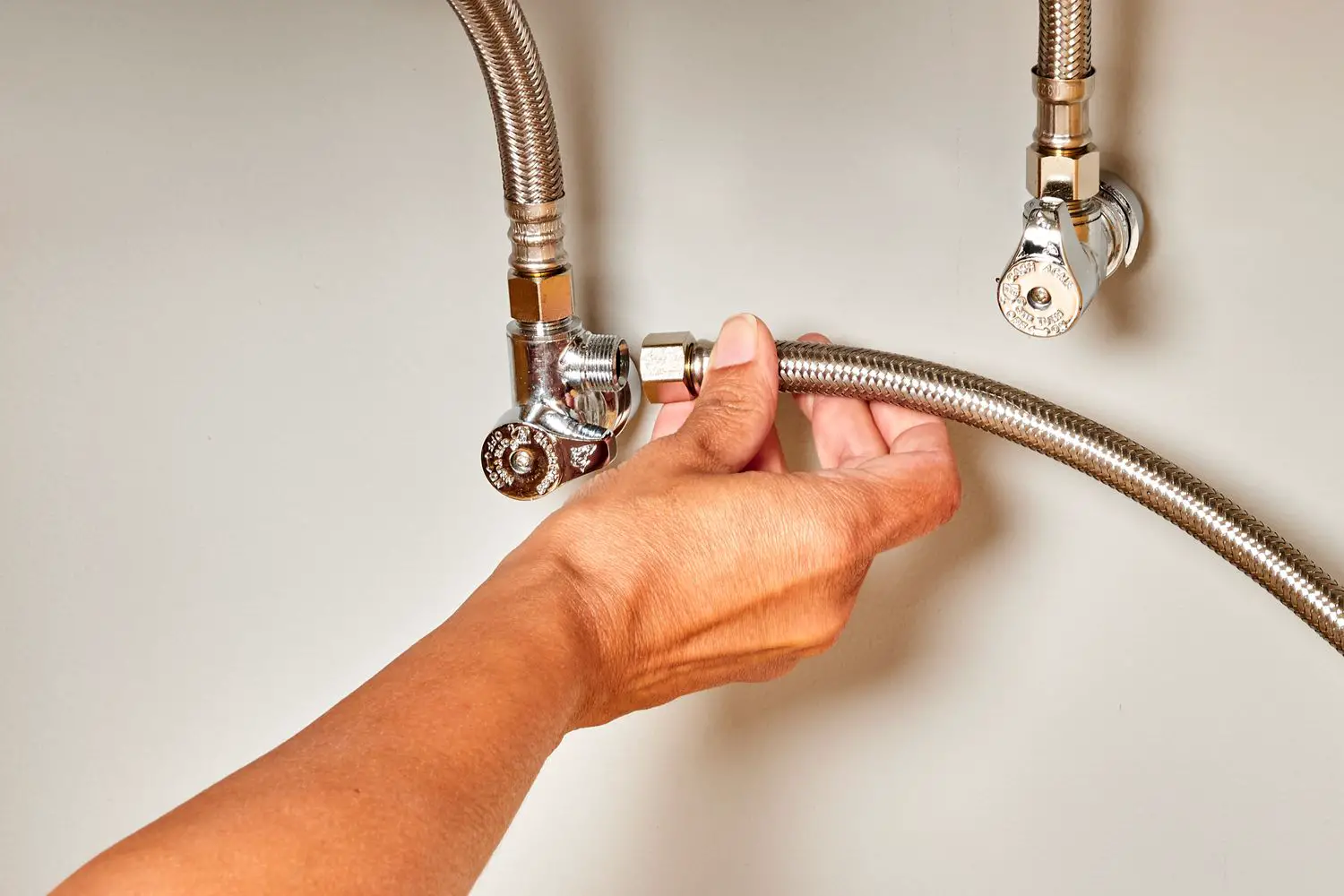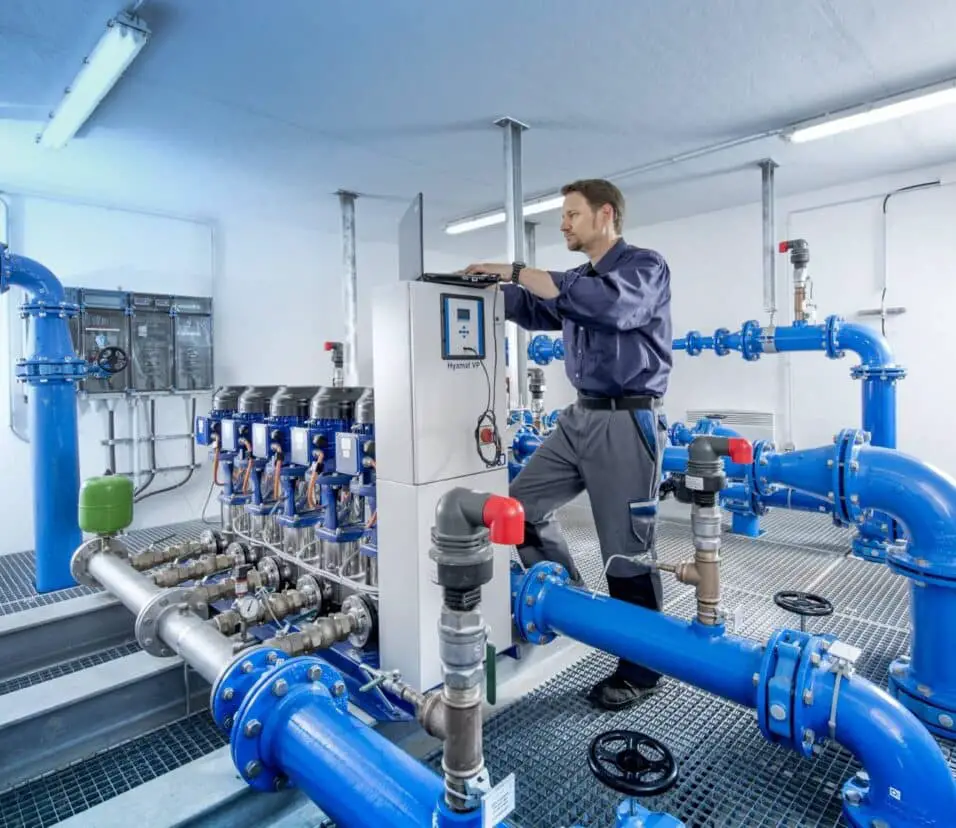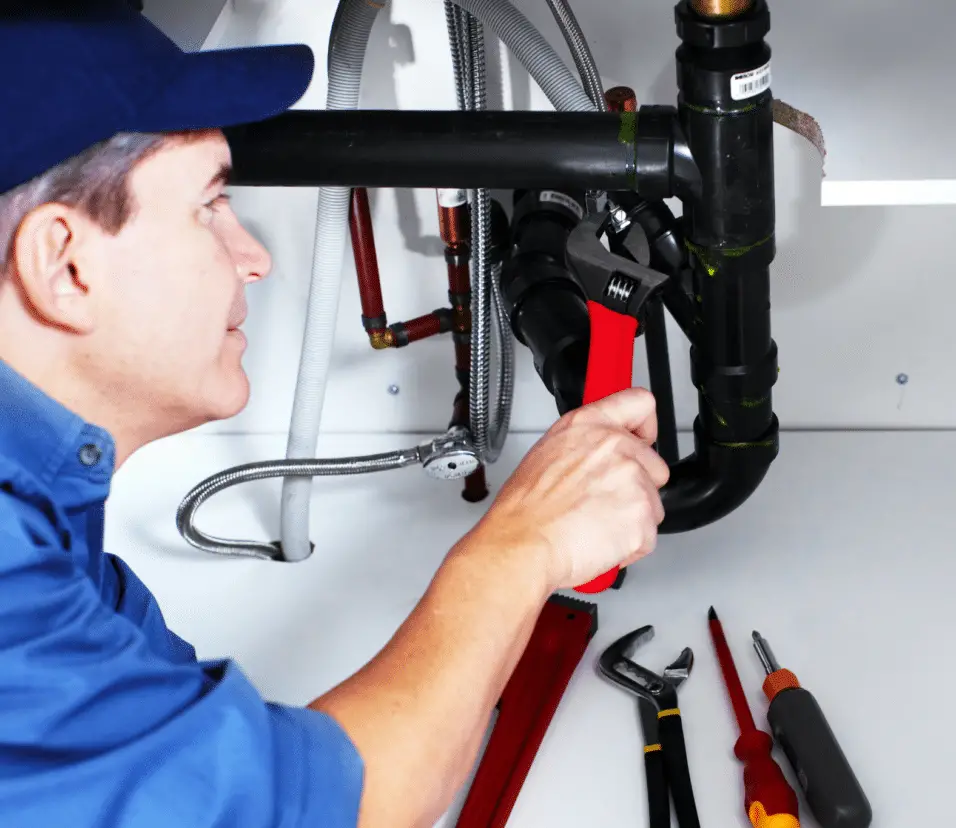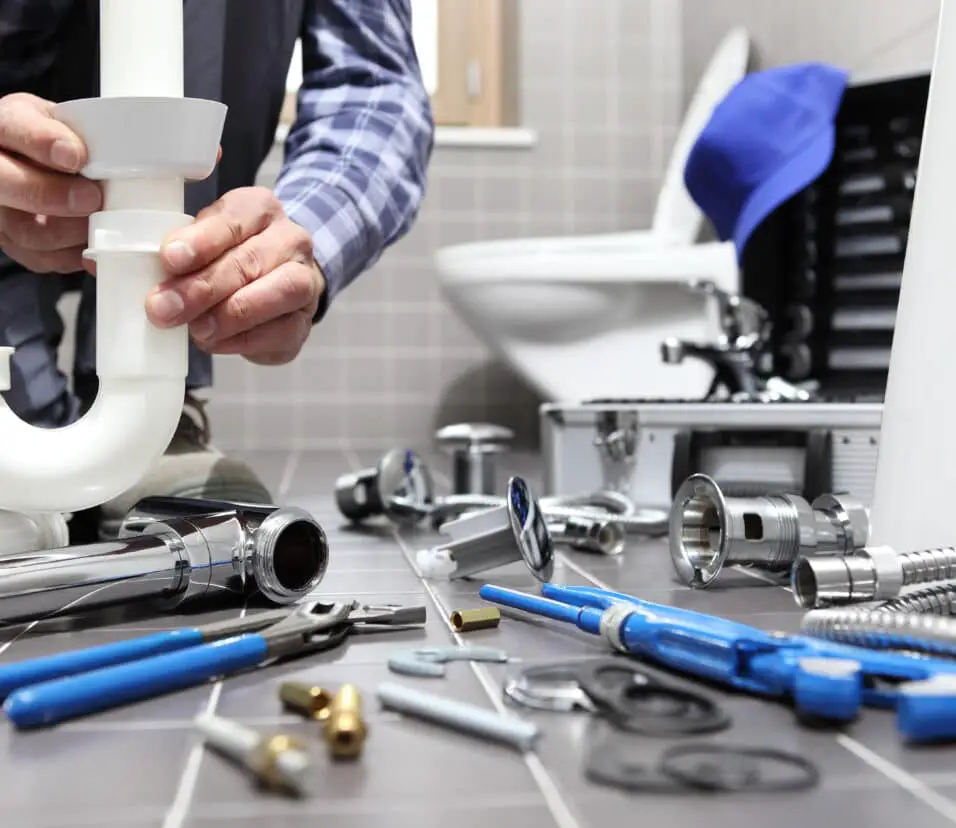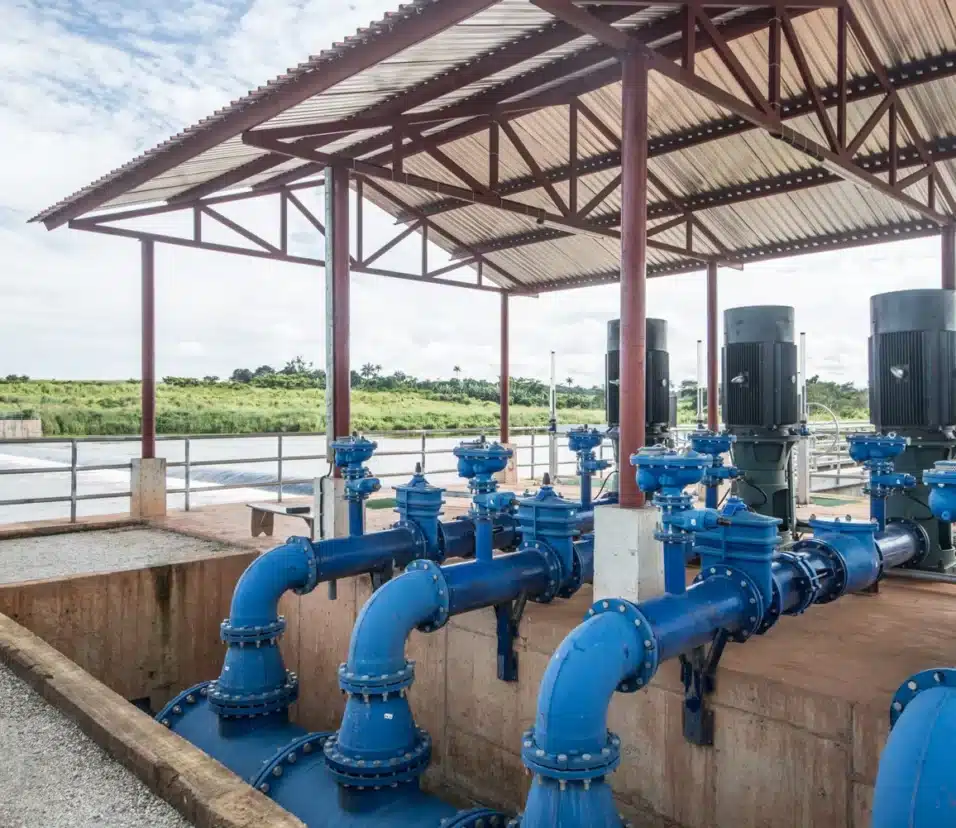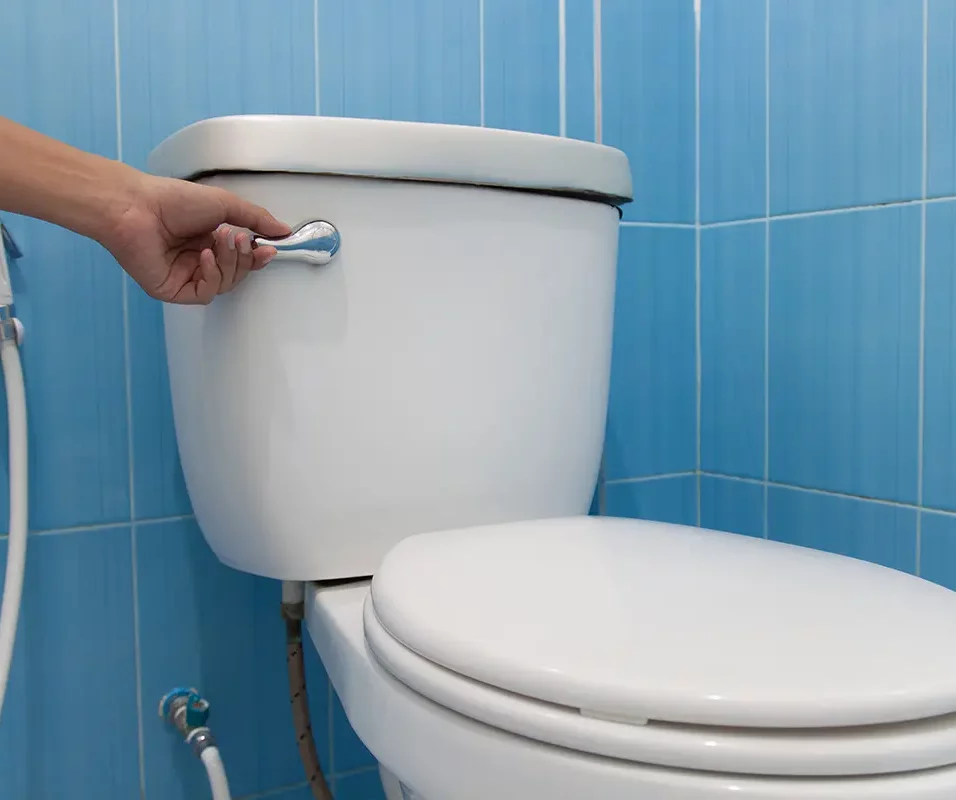How To Turn Off Dishwasher Water Supply
Introduction
How To Turn Off Dishwasher Water Supply: Knowing how to effectively shut off the water supply to your dishwasher is a vital skill for every homeowner or renter. Whether you need to perform maintenance, replace a part, or simply cut off water flow for a while, understanding the proper steps to turn off the dishwasher’s water supply ensures a hassle-free experience. In this guide, we present three paraphrased introductions that outline the essential methods and techniques to safely and efficiently halt the water supply to your dishwasher.
Discovering the correct procedure to turn off the water supply to your dishwasher is an indispensable aspect of home maintenance. Whether you encounter a leak, want to clean the appliance, or need to perform repairs, shutting off the water is the first step in any of these situations. Below, we provide three paraphrased introductions that delve into the various approaches for cutting off the water flow to your dishwasher without any unnecessary complications.
As a responsible homeowner, understanding how to turn off the water supply to your dishwasher is a fundamental skill. This knowledge is invaluable when facing issues like leaks, blockages, or any necessary repairs that demand a temporary cessation of water flow. To offer valuable insights, we present three paraphrased introductions that detail different methods for safely and effectively halting the water supply to your dishwasher, ensuring you’re well-equipped to handle any maintenance tasks that come your way.
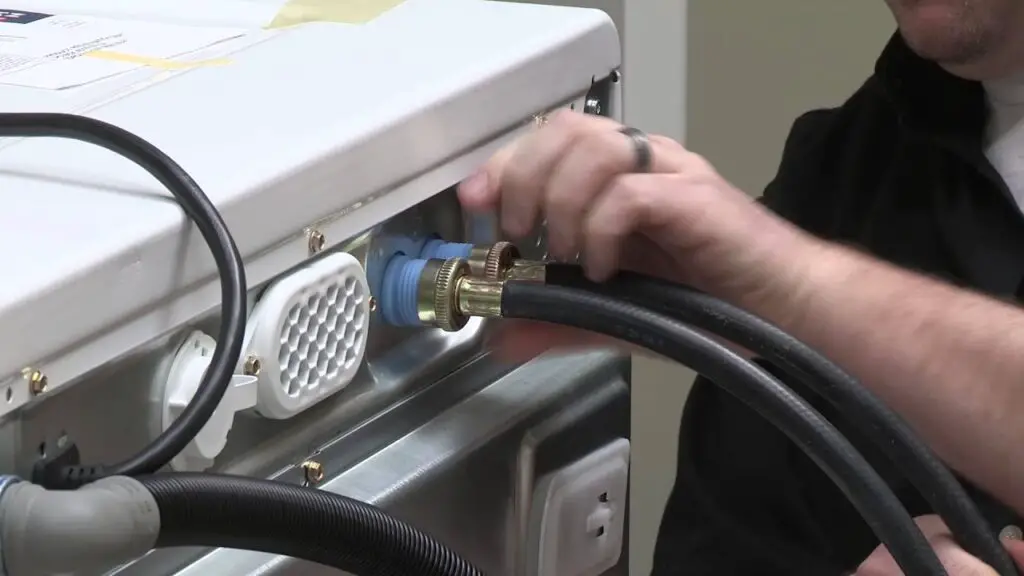
Do dishwashers have water shut-off valves?
There may be several shut-off valves under the sink but the dishwasher shut-off valve should be on a pipe or hose going through the cabinet into the dishwasher. To make sure the valve is fully open: Turn the handle counter-clockwise (to the left).
Yes, dishwashers do have water shut-off valves, which are essential components in their design. These valves play a crucial role in controlling the water supply to the dishwasher, allowing users to start and stop the flow of water as needed.
The water shut-off valve is typically located under the sink or in the vicinity of the dishwasher, where the water supply line connects to the appliance. It can be either a lever-style valve or a knob that you can turn clockwise or counterclockwise to open or close the water supply.
Having a water shut-off valve for the dishwasher is beneficial in several ways. Firstly, it enables users to conserve water by cutting off the supply when the dishwasher is not in use. This feature is especially useful for energy-efficient dishwashers that may have a delay start option or eco-friendly settings.
What is a dishwasher shut-off valve?
Shut-Off Valves. • What is this? – Dishwasher shut-off valves are safety valves to close a water line and stop the flow of water into the dishwasher.
This valve controls water flow into the dishwasher, making it easy to cut off as needed.
Close the shut-off valve to stop water from entering the dishwasher when not in use or undergoing maintenance. This feature is useful for repairs and preventing water leaks and flooding.
If your dishwasher bursts a hose or leaks, the shut-off valve can save your kitchen and house from serious water damage. By swiftly turning off the water, you can save costly damages and keep your property safe.
Can you turn off a dishwasher?
What Happens When You Stop a Dishwasher in the Middle of a …
Yes, you can turn off a modern dishwasher mid-cycle. However, the process may vary from one dishwasher to another.
Yes, you can turn off a dishwasher easily. Most dishwashers come with a clearly marked power button or an on/off switch, usually located on the front panel near the top. To turn it off, simply press the power button or switch it to the “off” position. Once you do this, the dishwasher will stop its current cycle and all operations.
Turning off a dishwasher is a common practice when you want to interrupt a wash cycle, add or remove dishes, or perform maintenance tasks. It’s essential to ensure that the dishwasher is fully off before opening the door to avoid potential accidents or injuries.
Furthermore, some modern dishwashers feature programmable settings, allowing you to delay the start time of a wash cycle or set it to turn off automatically after completion. Utilizing these features can help you optimize energy consumption and adapt the dishwasher’s operation to your specific needs.
Overall, turning off a dishwasher is a straightforward process and a useful function to control its operation according to your requirements and preferences.
Why is my dishwasher not turning off?
Heating Element Issues
This keeps the dishwasher stuck in a single cycle unable to switch off and unable to move on to the rest of its washing cycles. One of the most common faulty mechanisms within the cycle of a dishwasher that runs too long is the heating element.
If your dishwasher is not turning off, it can be concerning and may indicate an underlying issue that requires attention. Several reasons could be causing this problem, and understanding them is crucial to resolving the issue effectively.
One possible cause could be a malfunctioning timer or control panel. Over time, the electronic components in your dishwasher may become faulty, leading to inaccurate readings and preventing the appliance from shutting off at the appropriate time.
Another potential reason is a stuck or defective float switch. The float switch is a small device located at the bottom of the dishwasher that monitors the water level. If it gets stuck in the “on” position, the dishwasher will continue to fill with water and run indefinitely.
Additionally, a broken door latch might be the culprit. If the door latch fails to engage properly, the dishwasher may not recognize that it’s closed, preventing it from initiating the shutdown process.
Does dishwasher run off mains?
Water supply
A washing machine is normally connected to the cold and hot water systems, but quite a few will work with just a cold supply while dishwashers usually only need a cold supply. If your machine is supplied from the pipe that feeds your kitchen tap, the water will be at mains pressure.
Yes, dishwashers typically run off mains, which refers to the primary electrical power supply in a building or household. These appliances are designed to be connected directly to the main electrical grid or household wiring system to operate efficiently.
When you install a dishwasher, it needs a stable and reliable source of electricity to power its various functions, such as heating elements, water pumps, and electronic controls. The mains power supply ensures a constant flow of electricity, allowing the dishwasher to function smoothly without interruptions.
It’s important to note that dishwashers require a dedicated circuit to avoid overloading the electrical system. Many modern dishwashers come with safety features like circuit breakers to protect against electrical issues and ensure safe operation.
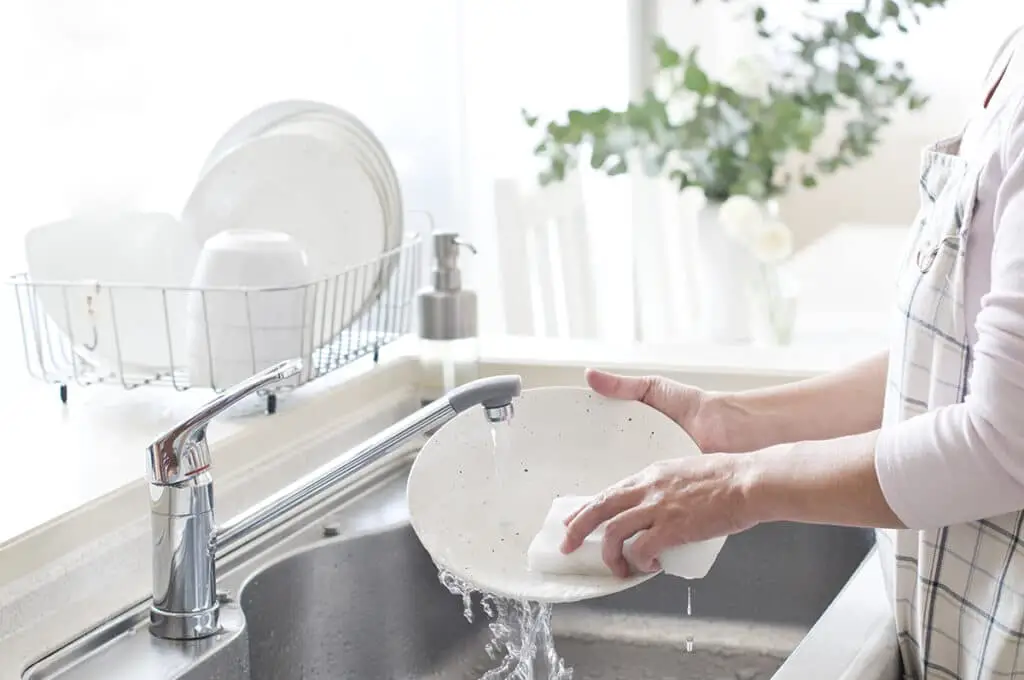
Do I need to shut-off water to install dishwasher?
Turn off the water supply at the shut-off valve under the sink. Use a screwdriver to remove the front access panel near the floor. Disconnect the old wiring connections located in the terminal box. Disconnect the old water supply line from the dishwasher using an adjustable wrench.
“Do I need to shut off the water to install a dishwasher?” is a common inquiry. As a safety precaution, turning off the water is usually necessary.
To avoid water damage or leaks, turn off the water before installing a dishwasher. Dishwasher water supply shut-off valves are usually under the sink. Turning this valve clockwise stops appliance water flow.
By turning off the water, you may securely detach the old dishwasher or prepare the pipes for the new one without water pressure mishaps. Shutting off the water during installation makes installation easier and reduces the danger of dishwasher or fixture damage.
Why is my dishwasher filling with water when I turn it off?
Water Inlet Valve
If it breaks, your dishwasher may overfill or overfill while turned off. To check the water input valve: Discover the water inlet valve. Look for damage and make sure the valve opens and closes properly.
Your dishwasher may fill with water when you switch it off for various reasons. Water inlet valve failure is a common cause. It Water enters the dishwasher via the intake valve. Water can enter the appliance even when it’s off if it doesn’t close properly, causing unwanted filling.
Another possibility is a faulty float switch or component. The dishwasher’s bottom has a small, dome-shaped float. It monitors appliance water levels. If the float switch is stuck or damaged, it may notify the dishwasher to fill because the water level is low.
Clogged drain hoses may also cause this issue. A blocked drain line may prevent the dishwasher from pumping out water, causing it to fill up during the next cycle.
How do I turn off my Bosch dishwasher E15?
If you choose this option to fix the E15 error code, remove the dishwasher from under the kitchen cabinet and tilt it back 45 degrees. When you tilt the dishwasher, the base water should drain and clear the error code.
When your Bosch dishwasher displays the E15 error number, its anti-flood mechanism has been activated owing to water leakage or obstruction.
Interrupt the cycle
First, press and hold the Start/Reset button for about 3 seconds to cancel the current dishwasher cycle.
Check for water leakage
Carefully open the dishwasher door and inspect the interior for any signs of water pooling at the bottom. If you notice water, it may indicate a leak that needs to be addressed before proceeding.
Ensure proper drainage
Make sure the dishwasher’s drain hose is not clogged or kinked, as this can lead to water retention and trigger the E15 error.
Resolving the leak
If you find any leaks, turn off the dishwasher’s water supply and disconnect it from the power source. Address the cause of the leak, which may require professional assistance if it’s a complex issue.
Restart the dishwasher
After resolving any leaks or drainage problems, reconnect the power supply and turn on the dishwasher. The E15 error should be cleared, and your dishwasher should function normally again.
Remember, if you encounter persistent issues or are unsure about handling the problem, it’s best to seek help from a qualified technician or the Bosch customer support team for safe and proper resolution.
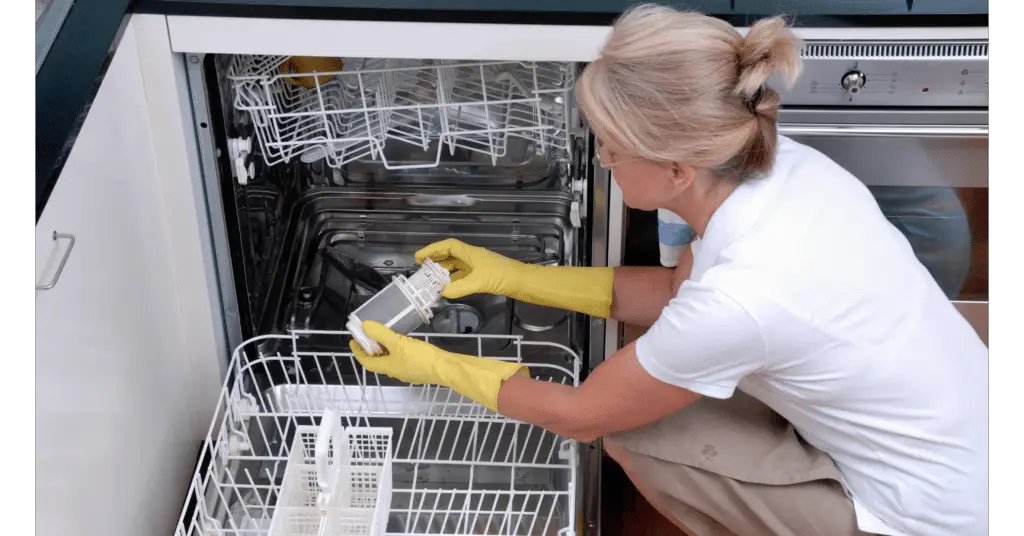
Conclusion
To sum up, mastering the process of turning off the dishwasher water supply is a simple yet vital skill for any homeowner or individual responsible for household maintenance. By following the step-by-step instructions provided in this guide, you can safely shut off the water supply, whether for routine maintenance, repairs, or other necessary tasks. Remember, taking these precautions not only prevents potential water damage but also allows you to work on your dishwasher with confidence and peace of mind.
As we conclude our lesson on how to switch off your dishwasher’s water supply, it’s clear that every homeowner should know this simple operation. With these basic tips, you can easily find and turn off the water valve to stop dishwasher water flow. Keep this knowledge in your toolkit for future maintenance and emergencies to keep your dishwasher running properly.



